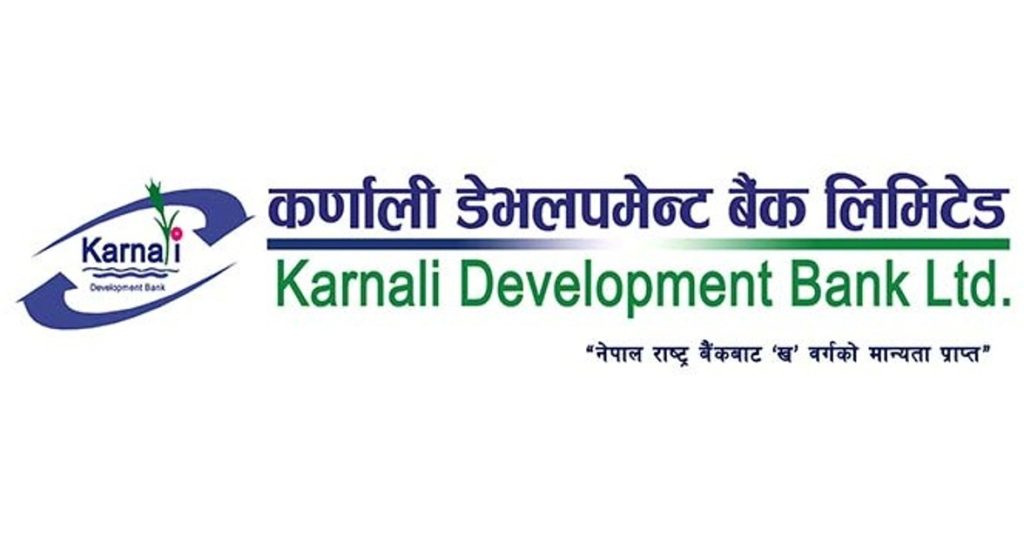
Karnali Development Bank (KDBL) has been declared a crisis-ridden B class financial institution, and Nepal Rastra Bank (NRB) has chosen to assume control of the bank.
To take over the operation of the development bank located in Nepalgunj, the NRB has assembled a three-person management team headed by Tikaram Khatiwada, the deputy director of the Banks and Financial Institutions Regulation Department. Members of the central bank’s task group include Jugal Kishor Kushwaha, deputy director of the NRB’s Legal Division, and Bishnu Kumar Bishwakarma, deputy director of the Financial Institutions Supervision Department. With effect from Thursday, the team will operate in accordance with the NRB’s judgment.
The panel’s role includes repaying depositors at the KDBL, collecting debts from KDBL borrowers, and starting the required due diligence audit and investigation of the financial embezzlement that occurred within the company. Similarly, the NRB has given the task force the power to conduct special general meetings of the KDBL board and make the required decisions.
According to the NRB’s press release, the KDBL did not sustain the regulatory body’s required capital adequacy ratio. Additionally, the central bank accused the KDBL of having insufficient liquidity, engaging in suspected financial theft, and lacking institutional good governance.
According to the NRB’s news release, “the analysis of the development bank’s financial embezzlement data indicates that it may not protect depositor interests and may also erode public confidence in the nation’s banking system.” “For these reasons, in order to protect the public interest, the central bank must declare the organization problematic.”
The NRB further defended its move against KDBL by claiming that the company is exhibiting troubling signs, including a failure to maintain minimum capital adequacy and an increase in non-performing loans to as high as 40.85 percent.
On November 26, the NRB severely restricted the KDBL’s ability to accept deposits and grant new loans, citing serious financial problems the development bank discovered during the central bank’s on-site examination.
The KDBL’s first quarter financial report for the current fiscal year presents a bleak image. Over the course of the three months, the bank reported a net loss of Rs 19.8 million, indicating that it is having difficulty generating steady revenue to support its operations.
The NRB claims that it has used clause 3 of the “Prompt Corrective Action Regulations, 2017” to protect the public’s and depositors’ interests. The KDBL was given a six-month window to improve its financial metrics as stipulated in this directive. But because of the development bank’s dire financial situation, the NRB took action before the deadline.
Prior to the NRB taking over management of Gurkha Development Bank in 2014, the bank had astronomical debts to institutional depositors, such as Citizen Investment Trust, Rastriya Beema Sansthan, and the central bank itself.
After Nepal Development Bank had a financial crisis in 2009 as a result of an asset-liability mismatch issue, the NRB placed the bank into liquidation. It was discovered that the development bank was giving its officials exorbitant loans.











